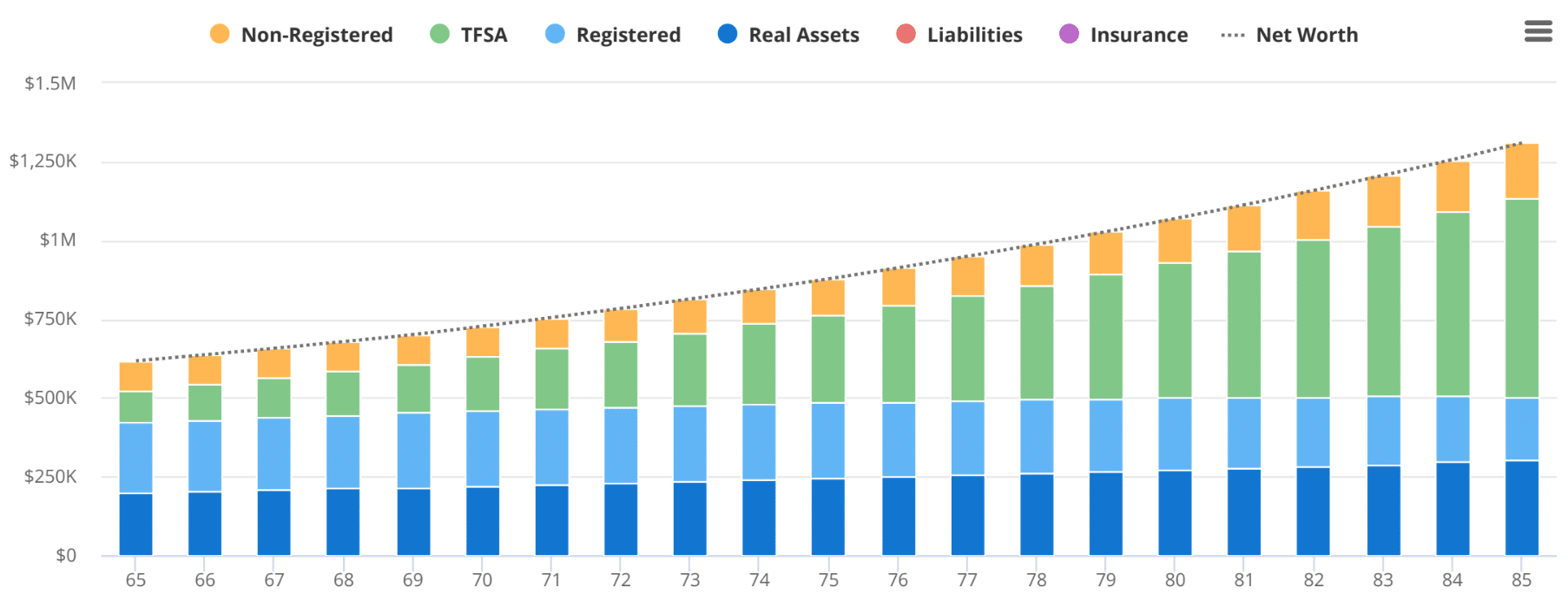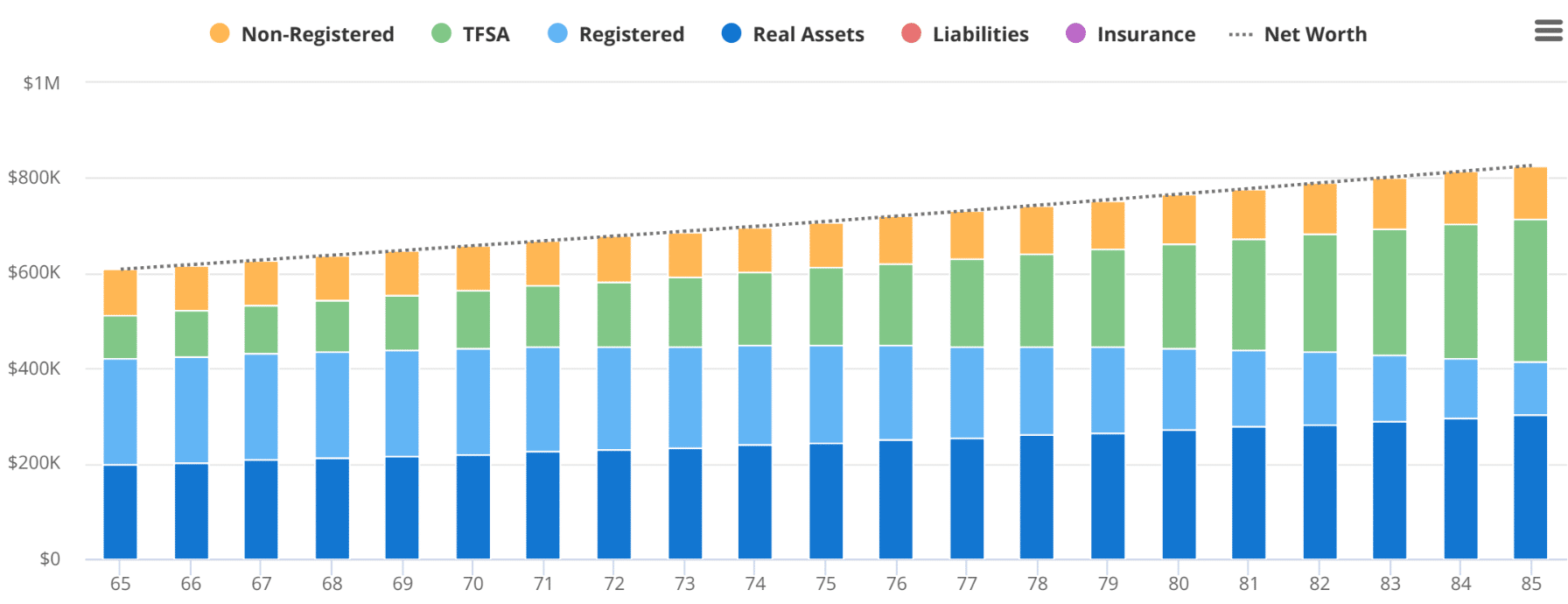Weekend Reading: Where Are My Customers’ Yachts Edition

Author Fred Schwed gave us his cynical take-down of Wall Street back in 1940 with the hilariously written, Where Are the Customers’ Yachts?. The book amazingly still holds up today in a world where investment advisors get rich while their customers, well, not so much.
“The title refers to a story about a visitor to New York who admired the yachts of the bankers and brokers. Naively, he asked where all the customers’ yachts were? Of course, none of the customers could afford yachts, even though they dutifully followed the advice of their bankers and brokers.”
I’m an advice-only financial planner who doesn’t manage money or get paid to tell you what to invest in. My goal is to help you navigate the financial minefield and use your resources over time to maximize your life enjoyment.
While my customers may not own any yachts (hey, neither do I!), I do get immense satisfaction helping clients achieve their rich life goals. One client suggested I start collecting postcards from my retired clients’ bucket list trips. Great idea!
It’s true that many retirees have a difficult time spending. I’d argue that the vast majority of my retired clients are capable of spending much more than they are right now.
For instance, if your net worth is projected to increase every single year throughout retirement, that’s a pretty good clue that you can spend more money.
Occasionally I have a breakthrough and can convince a retiree to open up the spending taps a bit. This might be a bucket list trip, a home renovation, a new car, or an early financial gift to their kids or grandkids. I love it!
In the above example, let’s assume the client planned to spend about $38,000 per year after-taxes. Financial projections suggest they can spend up to $58,000 per year without running out of money (and without touching their home equity).
The client has an epiphany. Why live a smaller life than I need to in retirement, only to leave more than $1.3M in my estate for two children who are already established in their careers and have encouraged me to spend my money?
Don’t get me wrong – they don’t suddenly become a spendthrift after decades of frugal living. But they decide it’s not necessary to contribute to their TFSAs annually throughout retirement “just because” and so they re-direct that $7,000 contribution back into their annual spending amount – increasing from $38,000 to $45,000.
This amount is still well below their maximum sustainable spending number, but gives them more breathing room for travel (an annual cruise, perhaps?) and to hire a personal trainer.
They’re also still not touching the $100,000 they currently have invested in their TFSA. That amount will grow to nearly $300,000 by age 85, leaving a healthy and tax-free margin of safety for unplanned spending shocks.
This new spending plan also reduces their total savings and investments to about $500,000 at age 85 (versus $1M in the previous scenario). Still a very comfortable nest egg to fall back on if needed.
It’s a modest example, but these are my customers’ yachts. A realization that you have the ability to live the retirement of your dreams without worrying about running out of money.
This may allow you to snowbird in the US or Mexico for four months of the year, or buy a property in Florida to golf year-round and escape winter. You could take a bucket list trip to see the World Juniors in Sweden, or take that African safari adventure, or climb Machu Picchu in Peru.
Your “yacht” might literally be to buy a boat and sail around the world for a year, or buy a motorhome and visit all of the national parks in North America.
Perhaps your dreams are more philanthropic and you want to give money away to your kids, or to set up an endowment with your favourite charity. Maybe you just want to fund your grandkids’ RESPs, or take the entire family on a hot holiday once a year.
Whatever your version of a yacht is, don’t forget to send me a postcard!
Weekend Reading:
I recently moved my LIRA from TD Direct to Wealthsimple Trade and updated my post on how I invest my own money.
My “controversial” takes on bitcoin, CPP, and dividends from the last Weekend Reading update.
Finally, my latest post for MoneySense shows you how to start saving for retirement at age 45.
Promo of the Week:
Speaking of Wealthsimple Trade, the commission-free self-directed trading platform has slowly started adding more account types such as RRIFs, LIRAs, and LIFs. Supposedly RESPs and RDSPs are on the way soon.
As Wealthsimple Trade continues to add new account types, and several big bank brokerages (BMO, Scotia) offer commission-free ETF trades, I’m struggling to see how Questrade makes any sense for DIY investors
— Boomer and Echo (@BoomerandEcho) March 9, 2024
For simple index investors following my one-fund solution using a risk appropriate asset allocation ETF, Wealthsimple Trade is looking better and better.
Get $25 when you fund any Wealthsimple account with my referral code: FWWPDW
Plus you’ll get your reward boosted to $250 if you become a Premium client ($100k) within 30 days and $1,000 if you reach Generation status ($500k).
https://www.wealthsimple.com/invite
Weekend Reading:
New on CBC Marketplace this week, hidden cameras capture bank employees misleading customers and pushing products that help sales targets.
Something I’m keenly watching as my mortgage term expires next month. Variable or short-term fixed mortgage? Where experts see the ‘sweet spot’.
Mortgage broker David Larock says the longer the Bank of Canada takes to cut rates, the lower our variable rate mortgages will go.
Pay off your mortgage early or invest? Morningstar’s Christine Benz takes on this age-old question.
Of Dollars and Data blogger Nick Maggiulli has a clever take on bitcoin as a momentum trade – more people buy, number go up.
Michael Batnick with some smart thoughts on the fear of missing out:
“I have no problem with speculative behavior, but like walking into a casino, you have to know your limits, set them, and then don’t go back to the ATM once you hit that number. Have fun, but be careful out there.”
A Life Income Fund (LIF) is the annoying cousin of the Retirement Income Fund (RRIF), with both minimum AND maximum required withdrawal limits. Adam Chapman shares a neat trick to completely unlock your LIF in just a short period of time.
Speaking of RRIFs and LIFs, Jason Heath explains everything you need to know about these plans and their withdrawal rates.
Here’s a really good piece by Jason Evans about the pros and cons of buying back pensionable service.
A Wealth of Common Sense blogger Ben Carlson shares 20 lessons from 20 years of managing money.
Finally, retirement expert Fred Vettese explains how delaying retirement can boost income for singles (subs).
Have a great weekend, everyone!



When making a pension buyback, it is possible to use your LIRA for payment thereby reducing eventual LIF conversion.
The three steps to draw down the LIRA are sweet.
But consider after converting your LIRA to a LIF and converting 50% to an RRSP, it is possible to convert the LIF back to a LIRA. Then convert the LIRA again to a LIF and convert another 50% to an RRSP.
Hey Robb,
You have fantastic content and I’m literally going through your whole journey and it’s such a refreshing look through a lifetime.
Just wanted to say thanks and look forward to a future financial planning call soon, especially your take on corporate investing and why/how it works for you.
Appreciate your content and writing!
Ravi